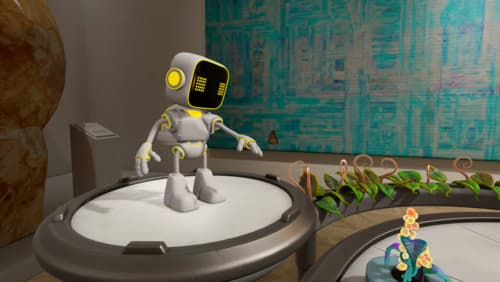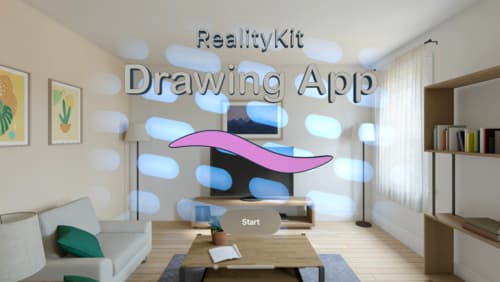how to use realitykit
Asked on 2025-04-27
1 search
To use RealityKit, you can explore several sessions from WWDC that provide insights and guidance on building applications with this framework. Here are some key sessions and topics that might help you get started:
-
Build a Spatial Drawing App with RealityKit: This session covers how to use RealityKit's 3D capabilities with SwiftUI and ARKit to create a spatial drawing app. It includes setting up spatial tracking, building a user interface, and customizing brush strokes. You can start by setting up spatial tracking to understand hand and environment data, and then build a UI for brush and canvas control. Build a spatial drawing app with RealityKit (02:43)
-
Discover RealityKit APIs for iOS, macOS, and visionOS: This session introduces new RealityKit APIs for developing spatial computing apps. It highlights features for creating immersive apps and games that blend 3D content with the real world. You can learn about hover effects, force effects, dynamic lights, and portal enhancements. Discover RealityKit APIs for iOS, macOS and visionOS (02:44)
-
Break into the RealityKit Debugger: This session provides a tour of the RealityKit debugger, a tool to help catch bugs in RealityKit apps. It covers inspecting apps, tracking down bugs, and adapting the debugger to your app's uniqueness. Break into the RealityKit debugger (01:41)
These sessions will give you a comprehensive understanding of how to use RealityKit effectively in your projects.

Compose interactive 3D content in Reality Composer Pro
Discover how the Timeline view in Reality Composer Pro can bring your 3D content to life. Learn how to create an animated story in which characters and objects interact with each other and the world around them using inverse kinematics, blend shapes, and skeletal poses. We’ll also show you how to use built-in and custom actions, sequence your actions, apply triggers, and implement natural movements.

Optimize your 3D assets for spatial computing
Dive into an end-to-end workflow for optimized 3D asset creation. Discover best practices for optimizing meshes, materials, and textures in your digital content creation tool. Learn how to harness shader graph, baking, and material instances to enhance your 3D scene while optimizing performance. Take advantage of native tools to work more effectively with your assets and improve your app’s performance.

Build a spatial drawing app with RealityKit
Harness the power of RealityKit through the process of building a spatial drawing app. As you create an eye-catching spatial experience that integrates RealityKit with ARKit and SwiftUI, you’ll explore how resources work in RealityKit and how to use features like low-level mesh and texture APIs to achieve fast updates of the users’ brush strokes.
